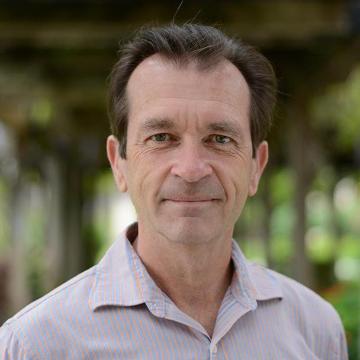
The Vatican Global Conference on Clergy Sexual Abuse
Catholic Bishops from across the globe will meet for four days at the Vatican starting on Thursday, Feb. 21, for a much anticipated conference to discuss global clergy sexual abuse. In general, we can expect the typical reactions to play out, with the most conservative voices likely blaming clergy sexual abuse on homosexual clerics; the more liberal ones blaming celibacy or male requirement for ordination in the Church.
Both would be wrong. According to the best available published behavioral science research, the most critical and fundamental facts that should be guiding the bishops and the Vatican–but often aren’t–are the following.
1. Homosexuality doesn’t make one a pedophile. Sexual orientation, by itself, is not an evidence-based risk factor for psychopathology including pedophilia. While the majority of known victims of clergy sexual abuse are in fact male (80 percent in the USA), research from a variety of sources including the John Jay College of Criminal Justice in 2011, have found that most offenders were “situational generalists” who abused whoever they had easy access to. In the Catholic Church during the mid to late 20th century, boys were accessible and easier targets than girls.
2. Being celibate doesn’t create pedophilia. Men, or women, who pledge celibacy for religious or other reasons are not tempted to sexually engage children or teens but may be tempted to sexually engage other consenting adults. Additionally, quality research over many years have found that most pedophiles and sex offenders are not pledged celibates or clerics at all. In fact, research consistently indicates that the most likely candidate to sexually violate a minor is a family member such as a step-father, father, older brother or cousin, and so forth.
3. Catholic clerics are not more likely to sexually abuse children or teens than clerics from other religious traditions, or by laypersons in or outside of religious communities. Although Catholic clergy certainly get the most press, there is no published quality empirical research that supports the notion that Catholic clerics are more likely to sexually violate minors than anyone else. Best available data suggest that they are less likely to violate minors than public school teachers or men from the general public. And small-scale studies suggest that clerics from other religious traditions abuse at rates similar to the Catholics over the same historical time periods.
4. Clergy sexual abuse in the Catholic Church is down significantly since the mid 1980’s and new known cases after 2002 in the United States are typically less than a dozen per year nationally. The cases that continue to dominate the news are almost always from the 20th century and typically before 1990. Of course, only zero new cases is acceptable, but clearly much has changed in the Church over time and the new policies and procedures (e.g., the US Conference of Catholic Bishops’ Dallas Charter and Essential Norms) after the Boston Globe’s Spotlight report in 2002 have clearly worked in minimizing new cases during the past decade and a half. These new policies and procedures may act as a template or model for others around the globe.
5. Prevention remains critical. The American Psychiatric Association’s Diagnostic and Statistical Manual (5th edition) states that about 5 percent of men are pedophiles. Tragically, pedophilia and the sexual victimization of minors by men is a rather common phenomenon and perhaps have always been so. Thus, best practices in social engineering environments to minimize abuse and careful screening and training of those who work with children and teens must continue to be incorporated into any plan to protect minors both in and outside of Church communities. Fortunately, these efforts have been successful in many institutions and these best practices are used as templates for others across the globe while keeping cultural differences in mind.
Sadly, much misinformation continues to dominate the press and elsewhere, including among some high-ranking bishops, on clergy sexual abuse in the Catholic Church. One can only hope that those who have the power to keep children safe in the Church and elsewhere will use best available research data and not hysteria or particular political agendas to make their decisions. Clergy sexual abuse is a generally solvable problem, but only if level heads, best practices, and quality data are used.
A version of this article appeared in the Feb. 18, 2019 edition of Psychology Today.

